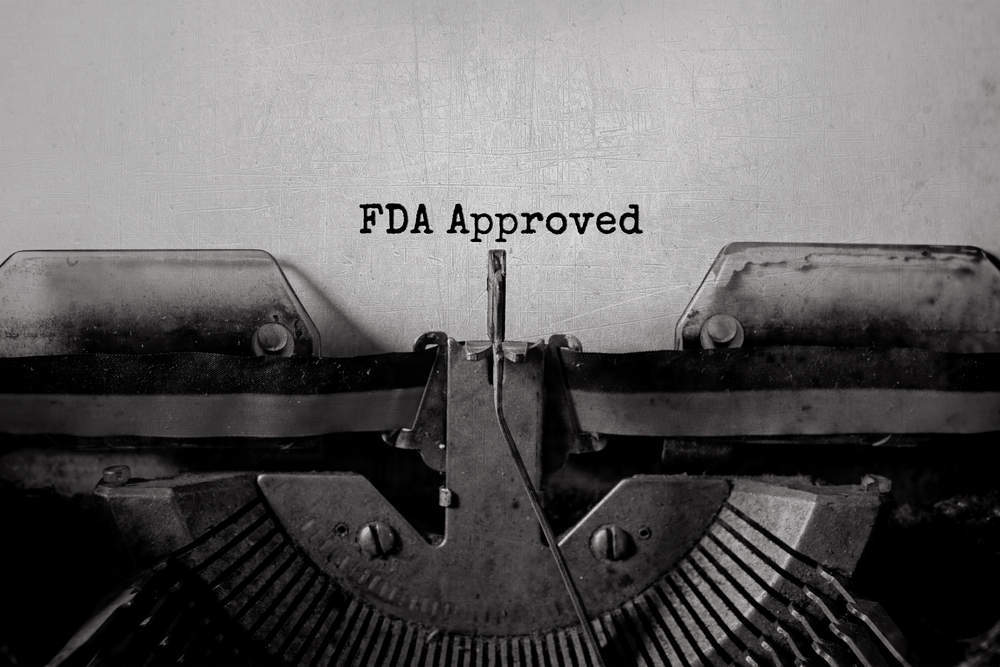The FDA has been on the right track when taking forward promising pipeline drugs for expedited new drug application (NDA) review.
At least, that is the implication of a study published in the medical journal Health Affairs in August.
It examined 135 drugs that were approved between 1999 and 2012, and found that the 76 that were selected for expedited approval has provided significantly stronger health gains than the others, justifying the decision to speed up the approval of these drugs – in the face of often heavy criticism about this process.
Cutting through red tape
Because of the volume of clinical trial data to be sifted through, and the importance of making the right decision on whether to approve or reject marketing authorisation, it can take up to two years for the FDA to complete a review of a drug following Phase III clinical trials.
To address this, the FDA has developed a number of designations for drugs which they believe fill a strong unmet need in a serious disease, or offer a significant improvement over existing drugs.
These initiatives –including accelerated approval and priority review – either grant the drug a larger share of the FDA’s resources, or allow approval based on less stringent criteria such as surrogate clinical trial markers.
How well do you really know your competitors?
Access the most comprehensive Company Profiles on the market, powered by GlobalData. Save hours of research. Gain competitive edge.

Thank you!
Your download email will arrive shortly
Not ready to buy yet? Download a free sample
We are confident about the unique quality of our Company Profiles. However, we want you to make the most beneficial decision for your business, so we offer a free sample that you can download by submitting the below form
By GlobalDataThey work well, and the average review time for a priority drug is less than half that of a standard review.
Shortage of evidence?
The difficulty lies in obtaining further data once a drug has reached the market.
A study published in May found that for over 35 percent of drugs approved between 2005 and 2012 on the basis of a single pivotal trial or surrogate markers, no post-approval studies were conducted in the five and a half year period during which these drugs were followed up.
Because of the FDA’s increasing reliance on studies such as these, and their key role in speeding up the approval of expedited drugs, weaknesses in efficacy or potential safety risks may go unspotted, and there have been several high-profile instances of drugs being removed from the market only a few years after approval following expedited approval.
The challenge for the FDA in the coming years will be to establish the right balance between the risks and benefits of speedy approvals.
Even so, given the fact that three quarters of drugs approved in 2016 qualified for at least one priority review program, it is encouraging that the drugs being taken to the market most quickly appear to be the best choices.







